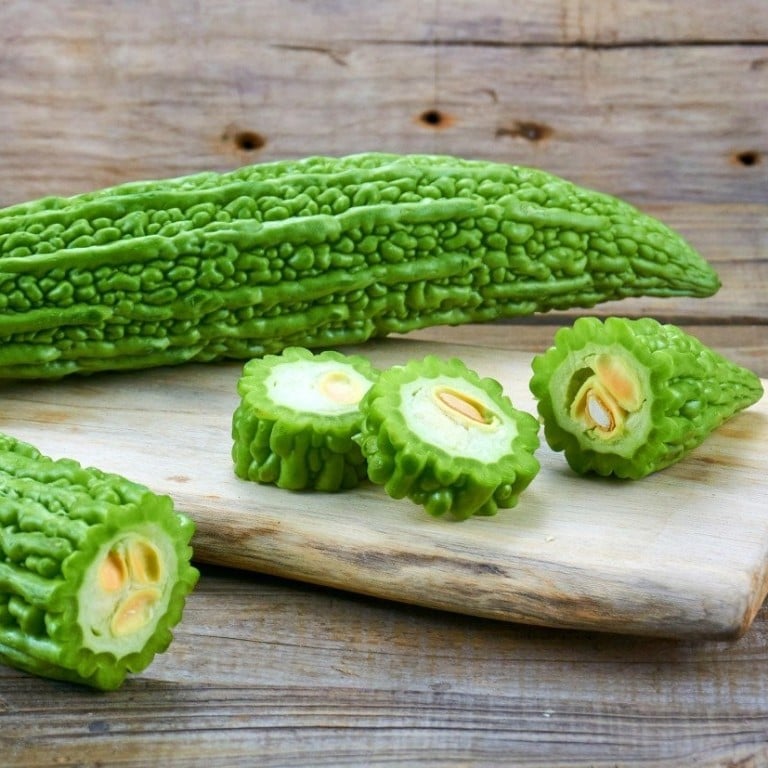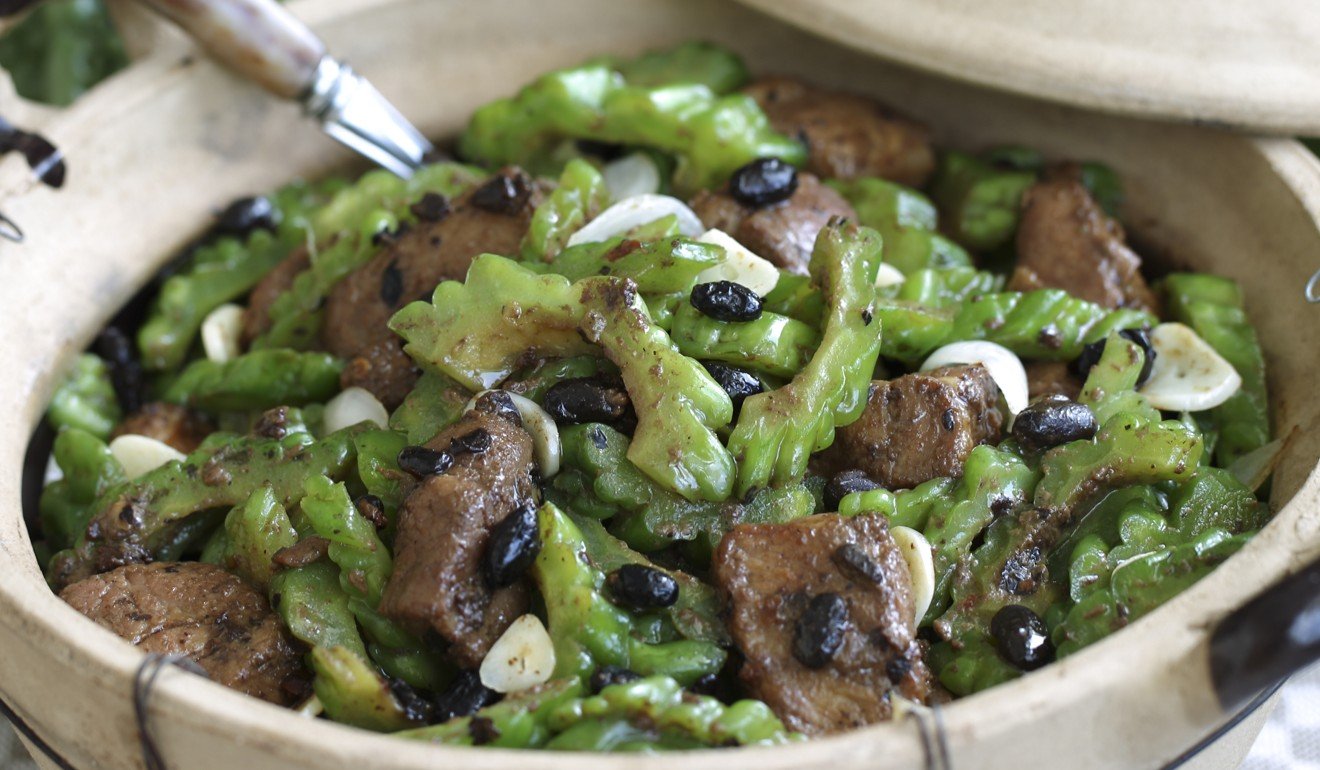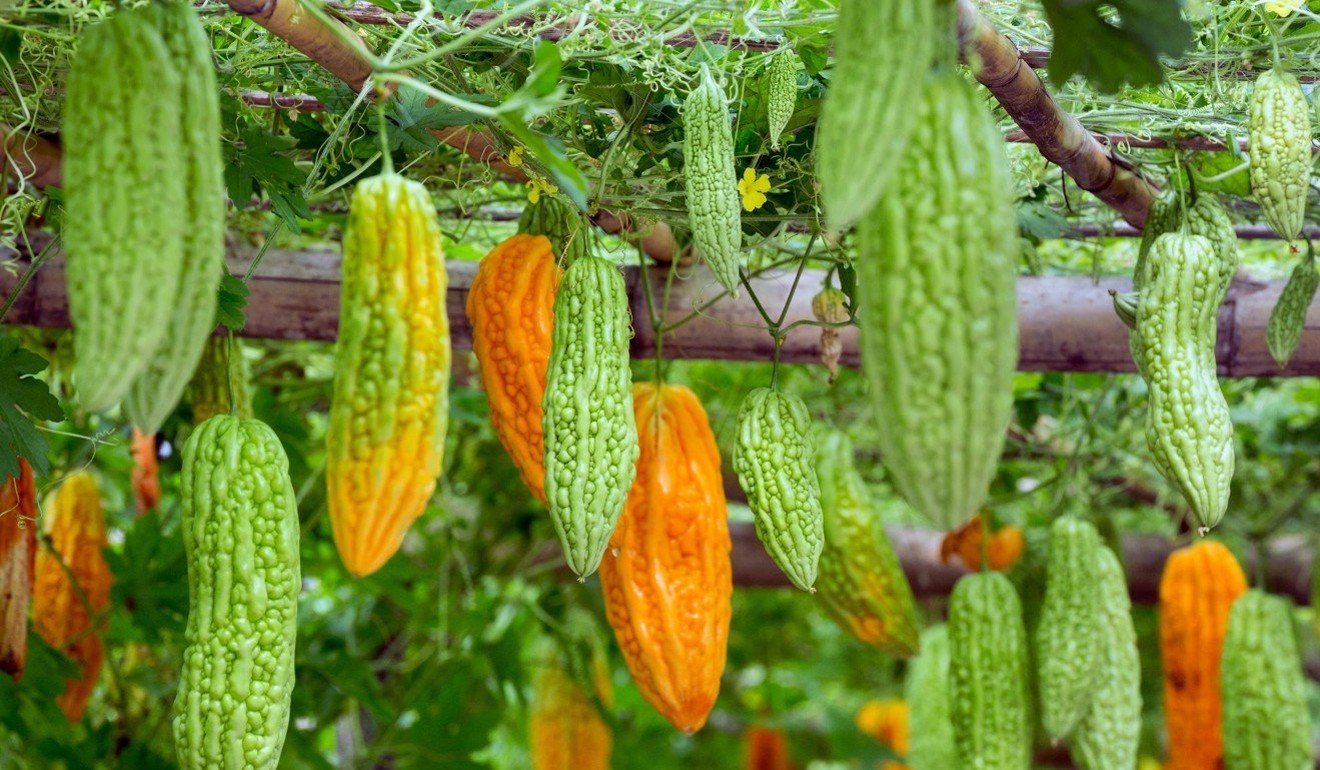
Chinese bitter melon – why the polarising ‘gentleman’s vegetable’ is just misunderstood
- Some people love the bitter melon, especially when blanched with saltwater; others abhor its flavour
- In the proper climate, its fast-growing nature can make it a great edible perennial
Bitter melon is a polarising plant. Some people love it, others abhor its bitter flavour.
Despite the name, the taste is actually not too overwhelming. In Chinese cuisine, bitter melon is sometimes called a “gentleman’s vegetable” because it doesn’t impart its bitterness on other ingredients when cooked. You’ll often find it stir-fried with fermented black beans or gently tossed with salted duck eggs.
Its bitter taste is lent by compounds called cucurbitacins, substances that can be found in watermelon, squash, cucumber and other gourds.
The plant is a tenacious climber, holding onto anything and everything that comes its way. It’s indigenous to South Asia, and its wide reach has led to two general varieties: one called karela, found primarily in India and distinguished by its forest green exterior; and the Chinese bitter melon, which is more elongated, smoother and has a paler green hue.

The Chinese bitter melon is the one I cook with most. I’ve found that blanching chopped pieces with saltwater goes a long way in mitigating the melon’s bitter taste. A liberal coat of black bean sauce at the end is the cherry on top.
There’s scientific evidence supporting this cooking method. A 1997 study found that salt selectively filters out flavours, suppressing bitterness while enhancing sweetness.
Chinese water spinach, or kangkong - eaten across Asia, a weed in the US
It’s the same reason why some people sprinkle salt on their grapefruit and swear by a pinch of salt in their morning coffee.
The fruit (yes, it’s a fruit, because it has seeds in it) has been embraced for its therapeutic aspects.
Traditionally, Chinese food philosophy categorises ingredients as either “hot” (yang) or “cold” (yin). They’re less about the flavours and more about the perceived effect that the food has on the body.
Chilli peppers and red meat, for example, are decidedly yang because they’re usually high in calories and intensity, perfect for keeping the body warm in the winter.
Chinese food ‘undervalued’ in US, says chef selling US$30 fish noodle soup
The bitter melon, on the other hand, is very yin. It joins other leafy greens and vegetables with high water content in their supposed ability to cool the body down.
Scientific studies have shown that the bitter melon does have anti-diabetic effects. It has also been sold as a health supplement to reduce blood sugar levels.

In my view, bitter melon is not as polarising as it is misunderstood.
In the proper climate, its fast-growing nature can make it a great edible perennial. Once, in the mountains of Taiwan, I found a network of wild bitter melon vines that had anchored themselves in the forest canopy, reseeding themselves generation after generation.
My friends and I gathered a bunch and cooked the bitter melons in a pineapple-and-chicken soup, a typical Taiwanese dish that’s sweet from the pineapple and savoury from the chicken.
The bitter melon was the mellowing agent between the two.
Bitter can be delicious. Just make sure to add salt.


